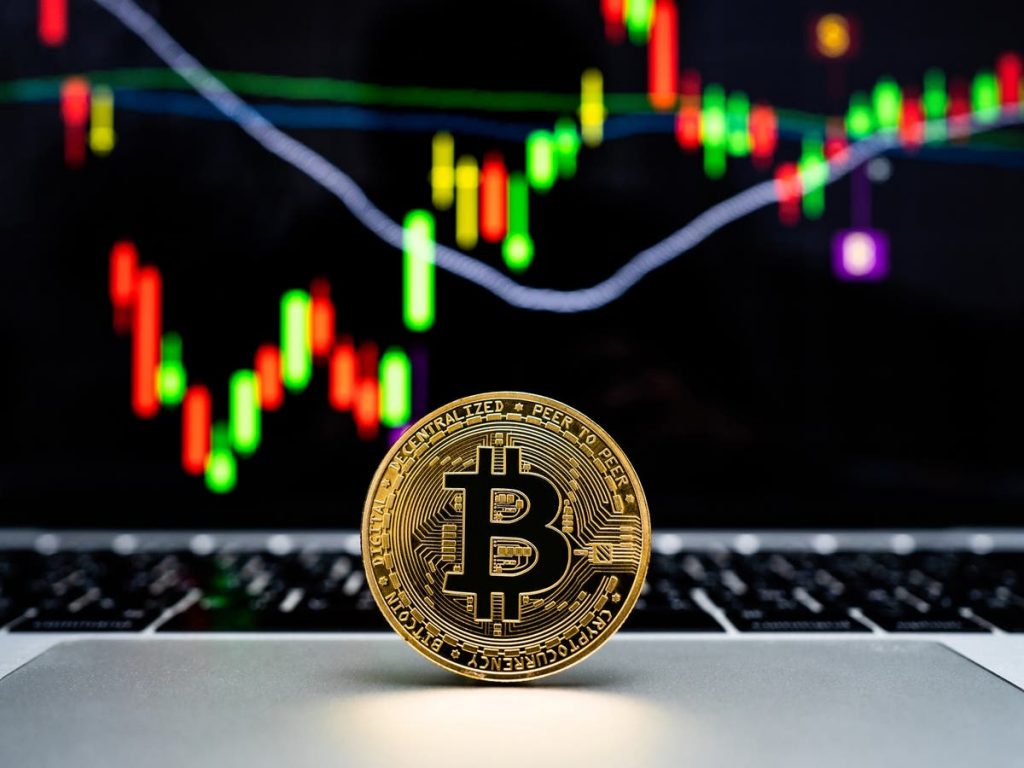Ever since the Mt. Gox debacle we have seen a near constant decline in the value of Bitcoin. There have been resurgences and revivals, but the overarching trend has been downward. Long gone are the days when Bitcoin touched $1000 and people were anticipating the mythical $10,000, these days $500 would be considered a miracle.
Pundits have often commented that cryptocurrency values would rise along with increased adoption in support of the supply/demand hypothesis. However, Bitcoin has never seen such wide adoption as it has at the moment. Major corporations such as Dell and PayPal are beginning to embrace the currency and vending machines are rolling out the world over, yet the price continues to decline, why?
The merchant theory
Some commentators have pointed to the idea that Bitcoin’s decline may in fact be due to the very adoption that was supposed to propel it moonward.
If a merchant accepts Bitcoin for payments, then they must somehow recoup their costs. If Dell, for example, accepts 1 bitcoin for a laptop, then they must exchange that bitcoin for fiat currency in order to pay their suppliers who build the laptops. If Dell accepts Bitcoin but the factories in China who build their components don’t, then Bitcoin reaches an economic roadblock in which it must be exchanged for fiat and cause the market price to fall. There are arguments against this of course.

We might argue that it is the same for the US dollar, which also must be exchanged for yuan during such commerce. But the US dollar has a vibrant economy at home which can offset this effect, and with the dollar it is a two way street as yuan will be converted to dollars for goods and services in America.
We could also put forth the theory that most major merchant Bitcoin sales are happening privately outside of exchanges and therefore should have little impact on the list price. However, that removal of so many Bitcoins from the market might in itself cause a slump.
It seems that in any case, unless Bitcoin spreads its wings further and its economic circle begins to close then it will experience further downward pressure due to ‘merchant leakage’. It may also be the case that as Bitcoin becomes a ‘useful’ currency, the market itself is deciding on a new price for it, one which is more realistic and independent of that set by hoarders.
The derivatives theory
Some have pointed to the rise of Bitcoin derivatives as a cause of the downward trend.
The United States Commodities Futures Trading Commission recently approved of a Bitcoin derivative by TerraExchange and we have already felt the negative effects of Hong Kong traders playing with derivatives on the Bitfinex exchange.
Although in the case of the TerraExchange swaps we had a derivative that appears to be well-regulated, problems arise from the rather Laissez-faire approach to trading that the presence of derivatives breeds.
Since futures and swaps traders are usually gambling with someone else’s money and can also bet on downtrends, then they can become focussed only on their bet and not the ecosystem as a whole. They are often not mentally invested or concerned about the cryptocurrency scene itself and/or don’t understand it or quite frankly care. This can lead to a culture of short-termism and market-rubbishing as these kinds of financial games increase. We may be seeing those effects emerge in Bitcoin.
The cross-dilution theory
Another theory suggests that Bitcoin is finally becoming a victim of its own reserve currency status. It may be that Bitcoin is not seen by traders as an innovative or profitable investment, merely a secure (ish) store of value which they can quickly depart from when the next ‘big’ altcoins appears on the trading floors.
We have certainly seen Litecoin become a victim of dilution as the masses of Scrypt-based clones rendered it (and they) virtually pointless. But, until now Bitcoin has remained relatively aloof from this kind of trend, not least because SHA-256 has not been seen a desirable algorithm to clone. Yet this seems to be changing as some developers are opting to use the algorithm but add for example, anon features to their coins.
As many more altcoins are created each day now, many of which are significantly more advanced than Bitcoin, traders may be finding fewer reasons to bother with the granddaddy of crypto. Much of the money that would have gone into Bitcoin and been held there at some point is now being farmed out into the never-ending slew of alternatives.

So how low will Bitcoin go?
Whichever of the three theories you subscribe to, or a combination of them, it is clear from the data that there is a problem.
Boston economist Mark Williams became the butt of many jokes in the crypto community when he predicted a 2014 decline to $10 when the currency was trading at $1000. But he was right about the decline, if not the depth of it.
Bitcoin has lost 60% of its value since those heady days, proving that the currency certainly knows no bounds when it comes to volatility. Perhaps $10 is a little too low, but no one can say for certain.
The problem is that Bitcoin is simply not an innovative or advanced technology anymore, there are other cryptocurrencies that do the job much better, and when you remove its status as a gold standard store of value there isn’t a great deal left.
But don’t pack up and go home yet. There are others with a more optimistic view.
Venture capitalist Bill Draper has remained bullish. He recently predicted a $10,000 Bitcoin within 3 years, his reasoning is that Bitcoin remains a great hedge against fiat currency.
It may be, but if Mr. Draper knew a little more about cryptocurrency he would know that Bitcoin is not the only one. His statements may also have something to do with his heavy Bitcoin holdings.
Nevertheless, the coin has surprised us before and undoubtedly will again. Let’s just hope in the future it has a few more nice surprises in store.
